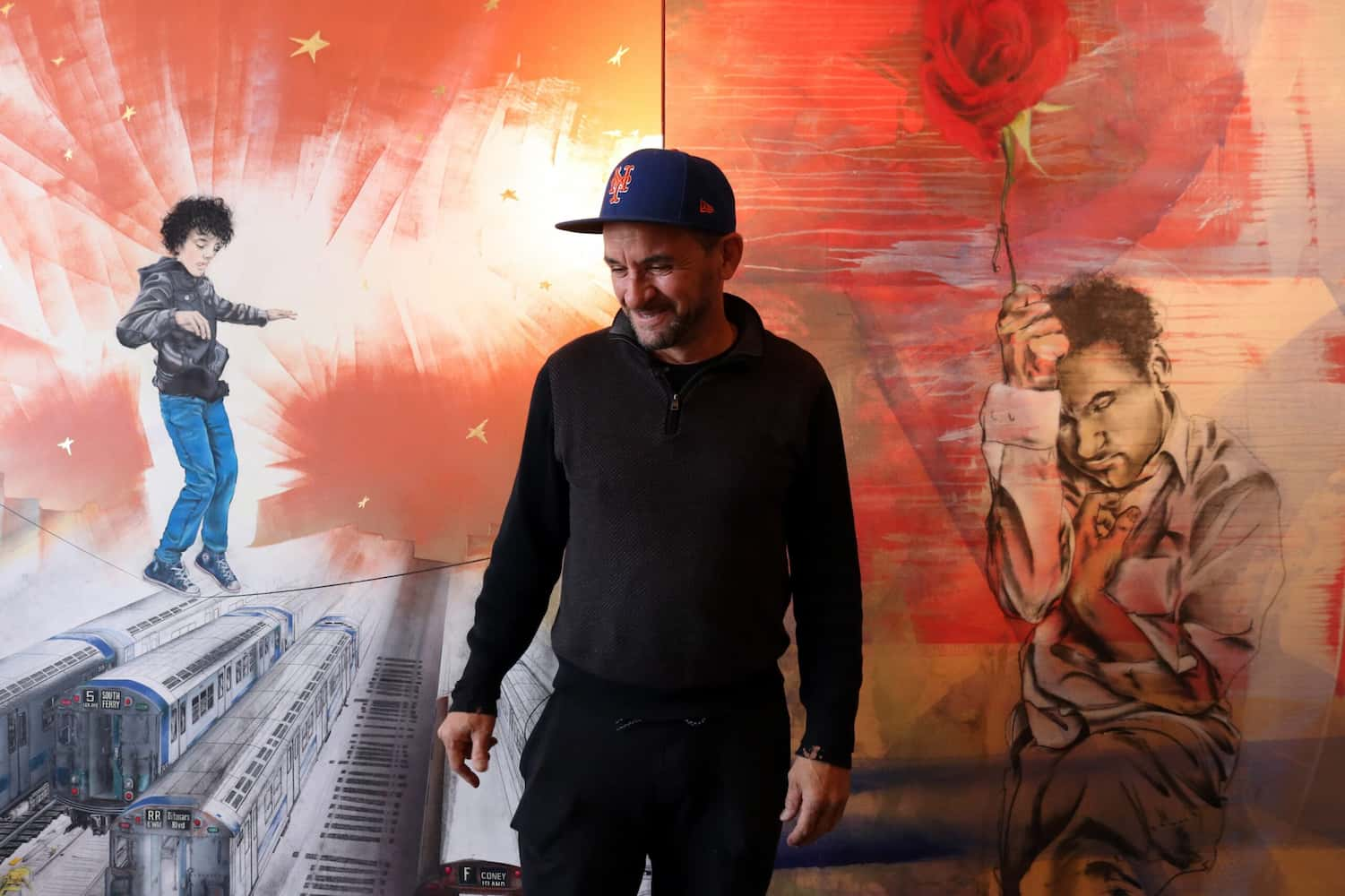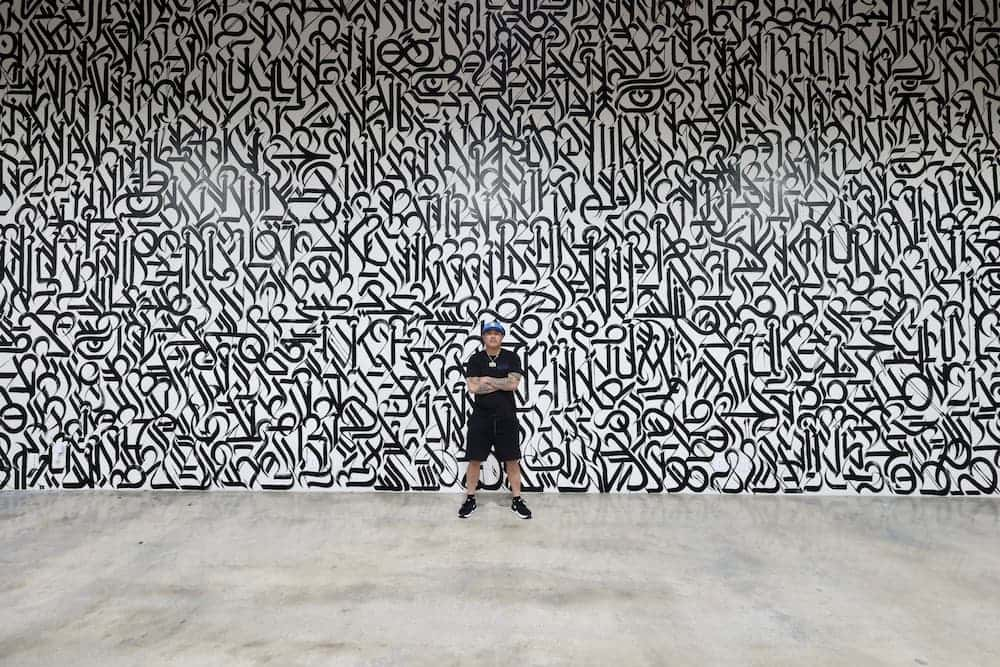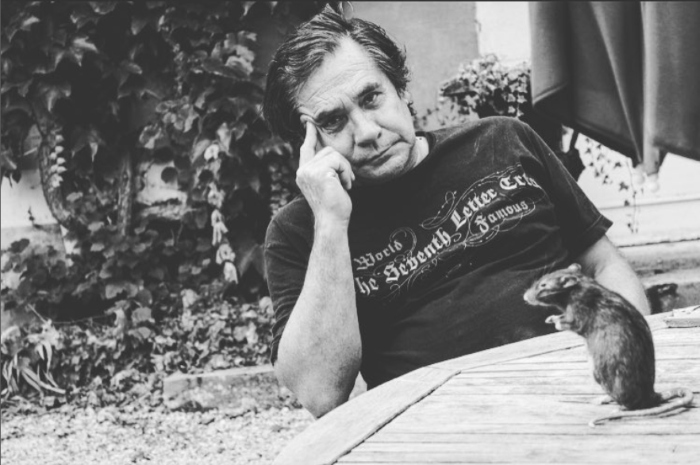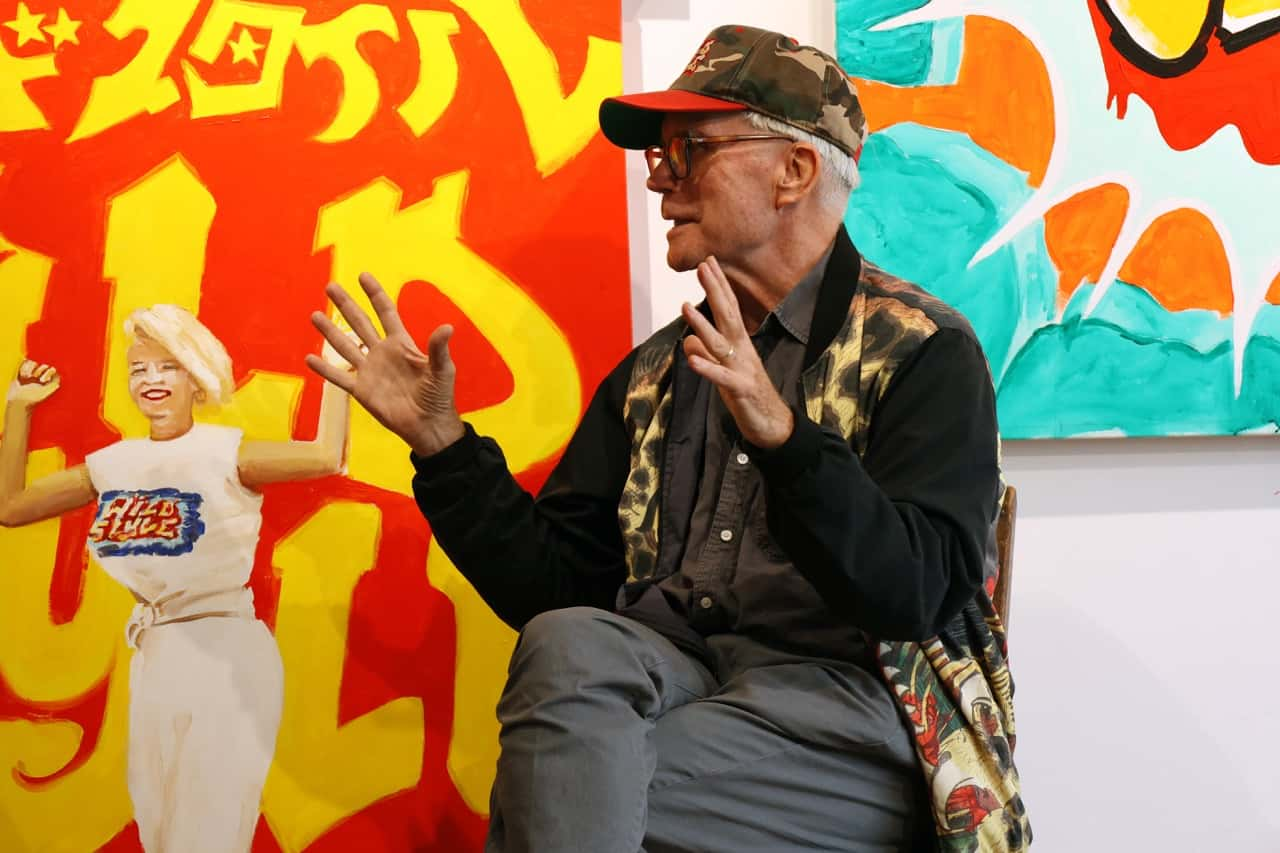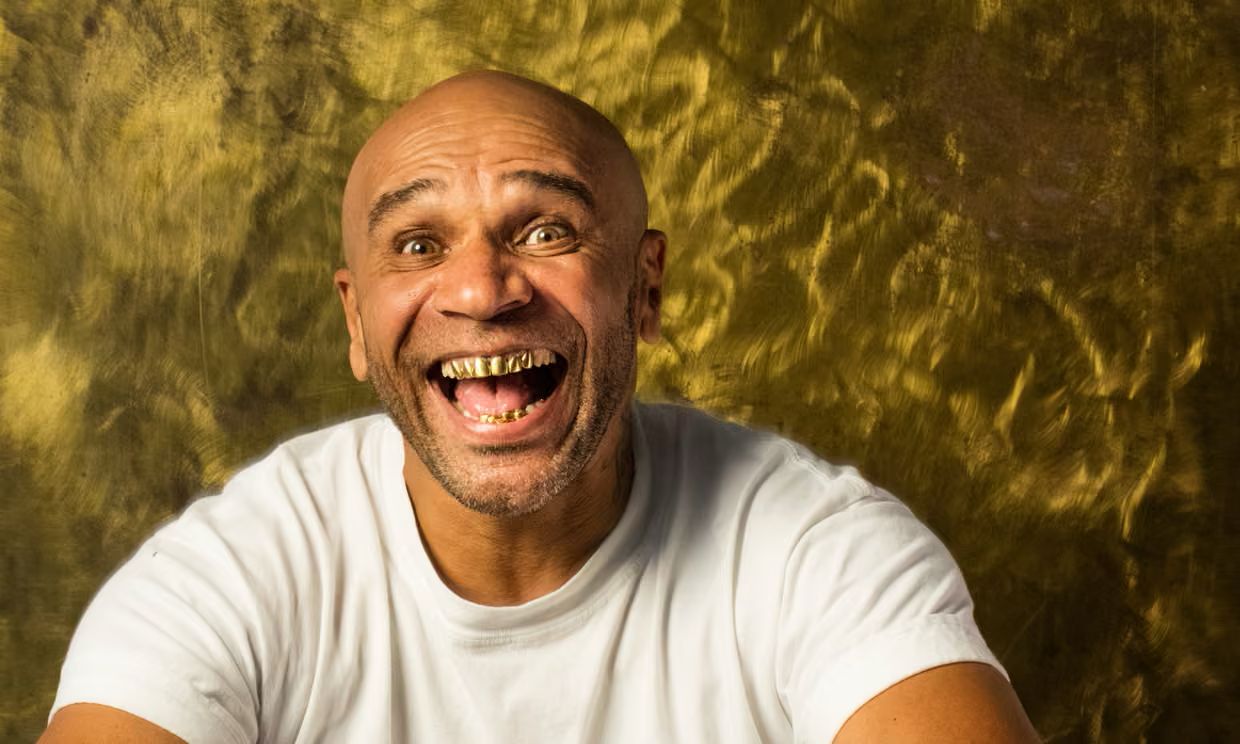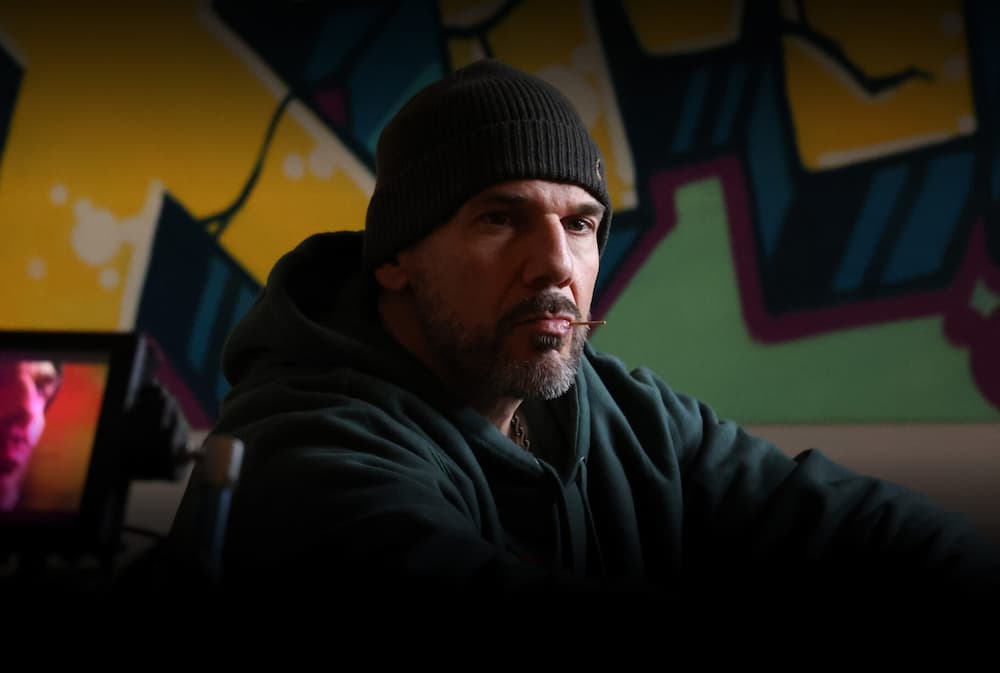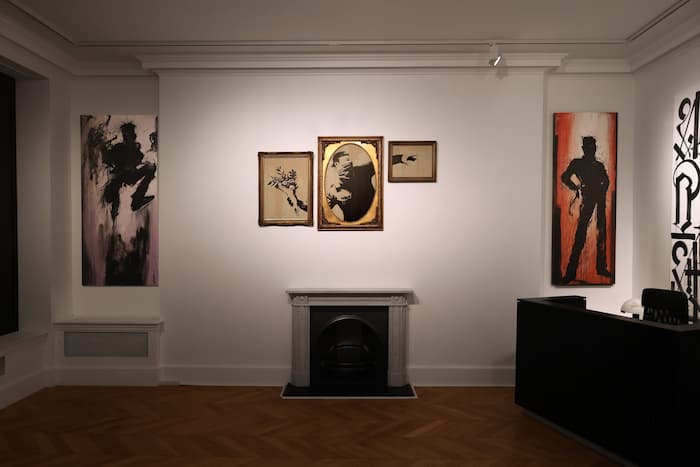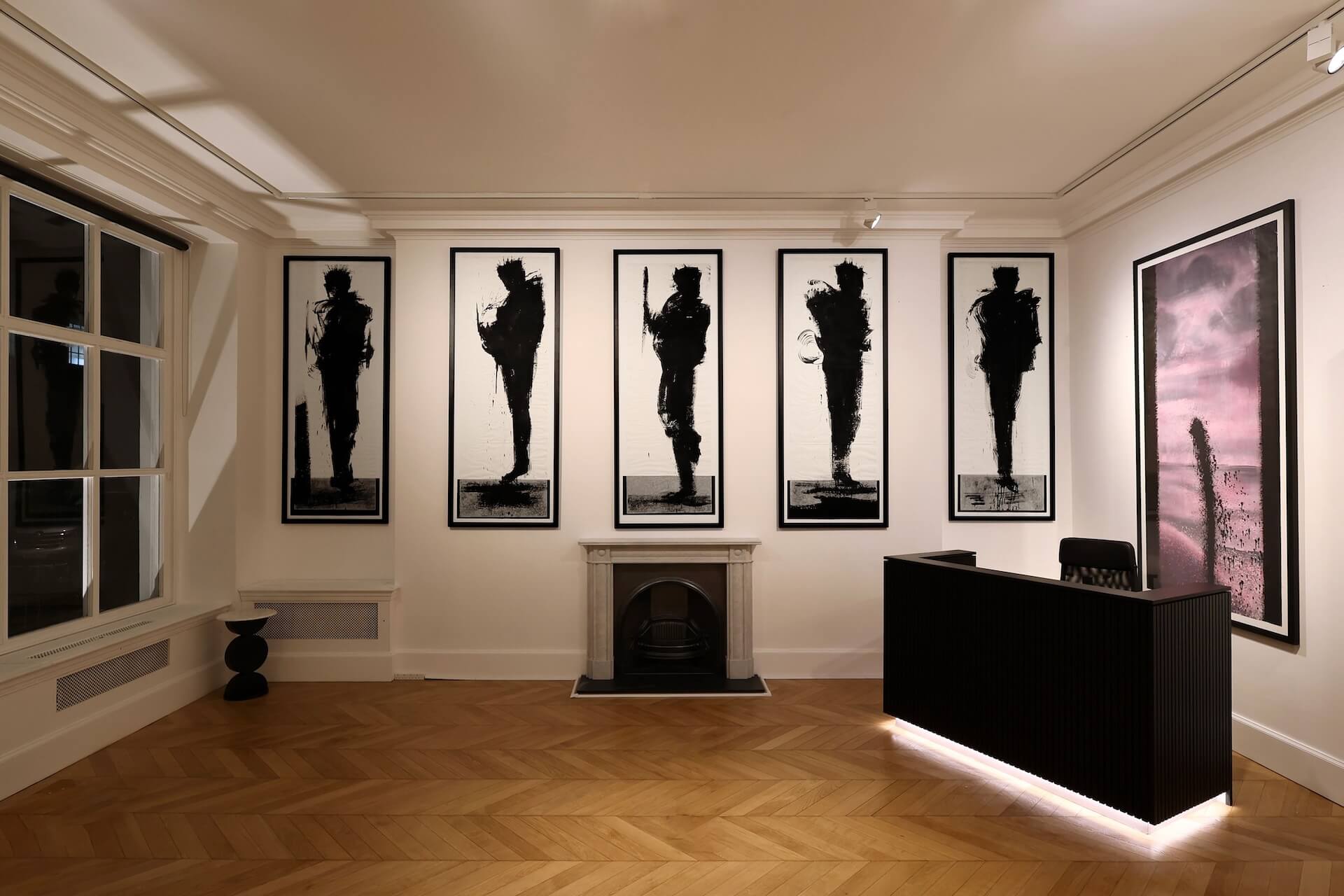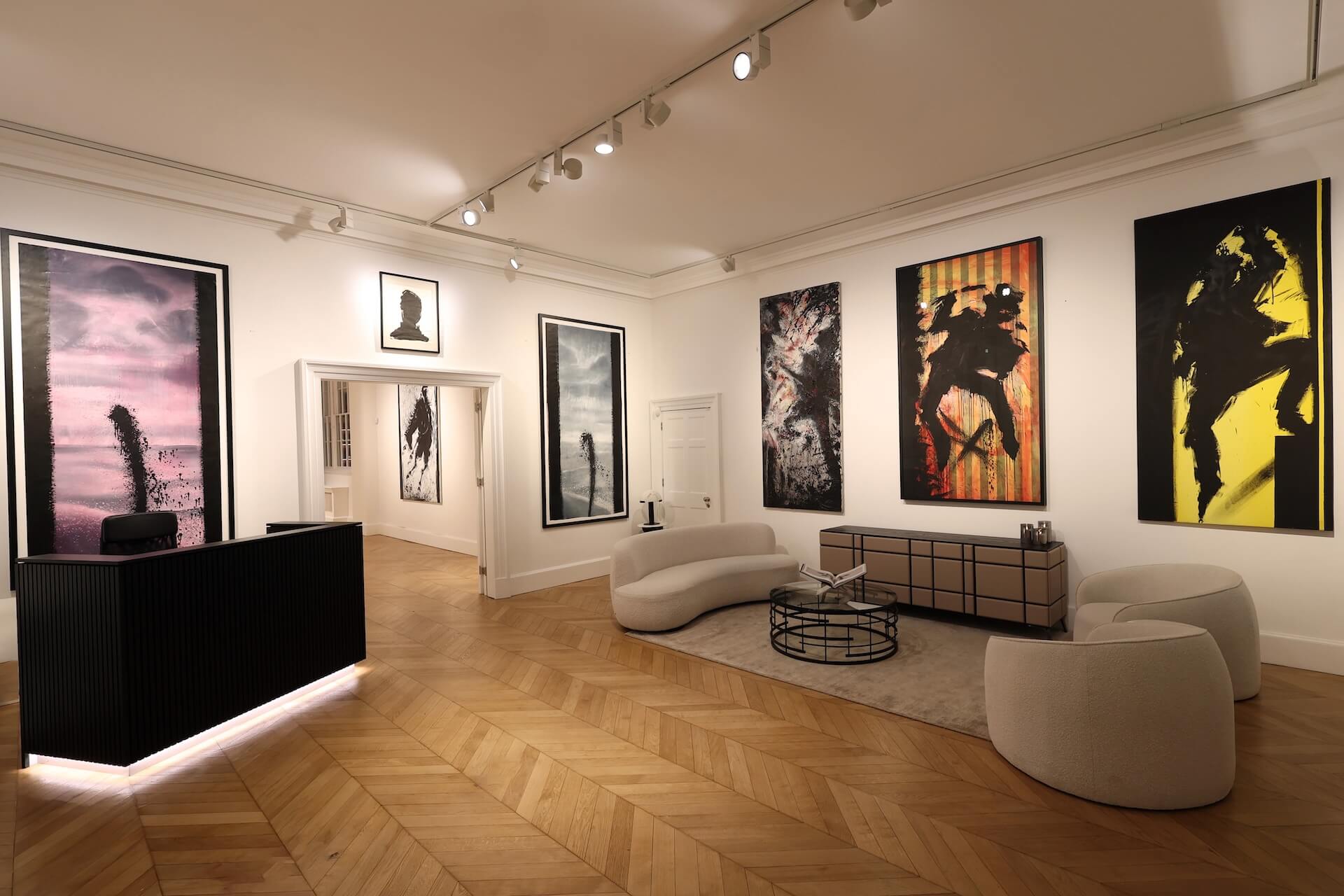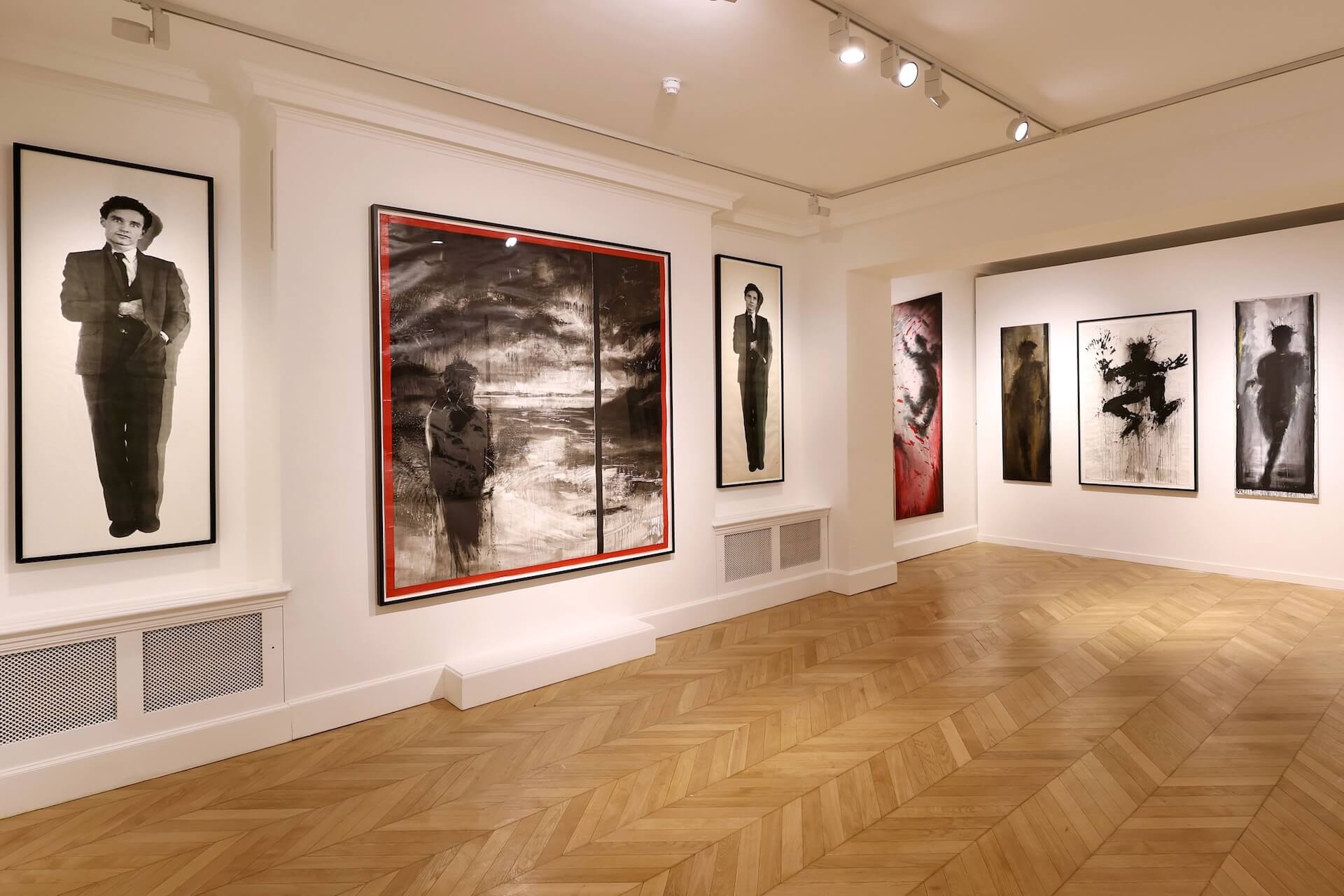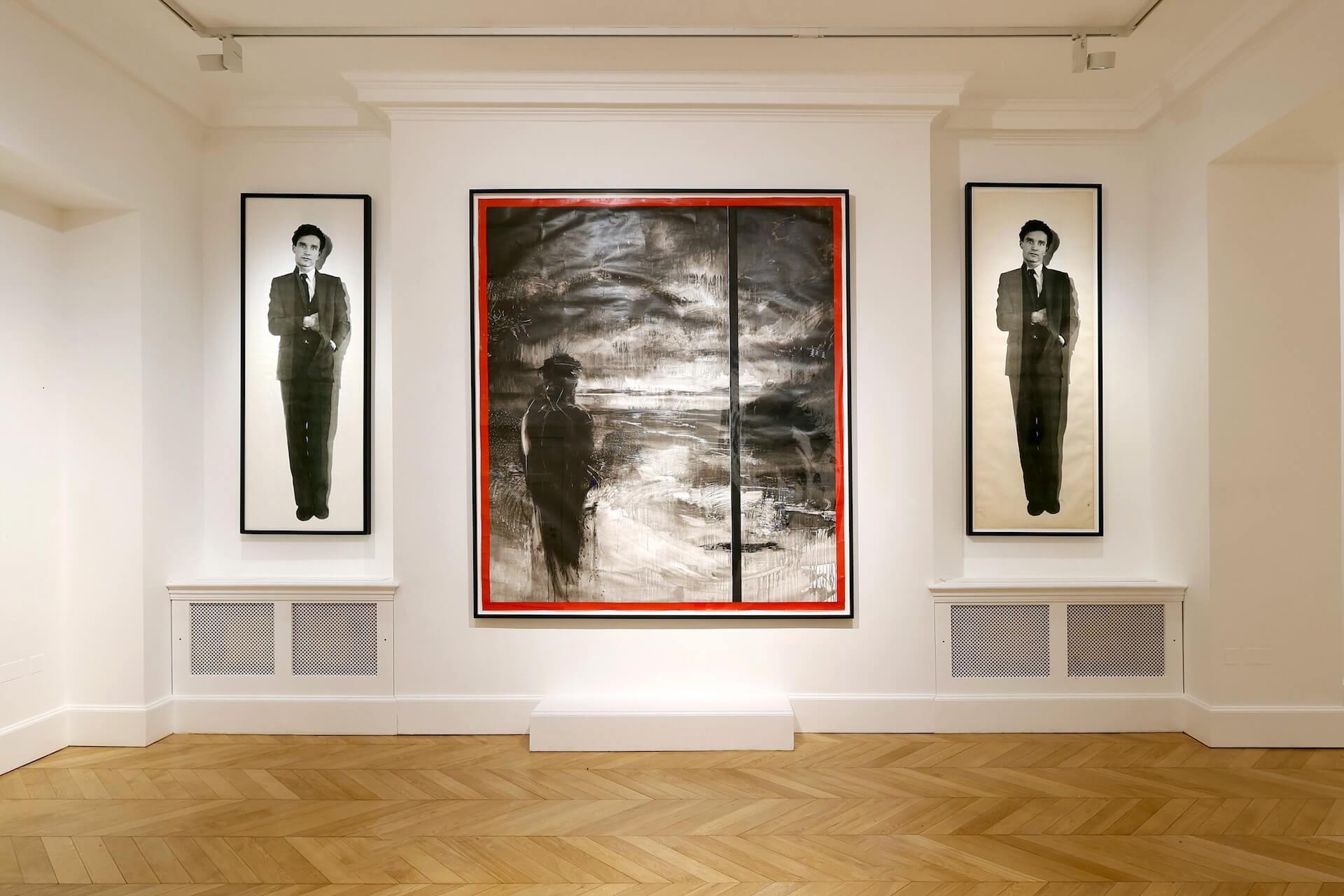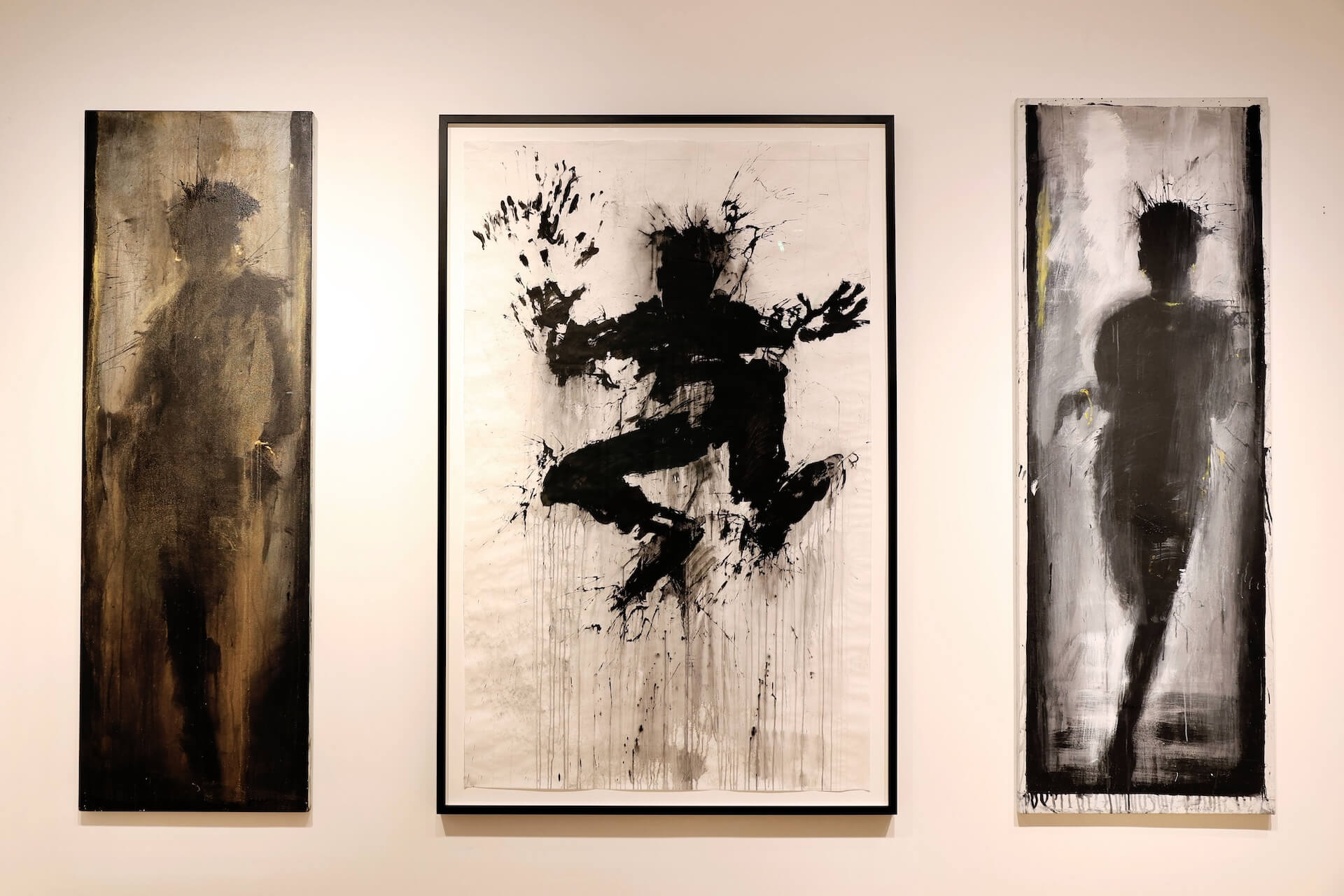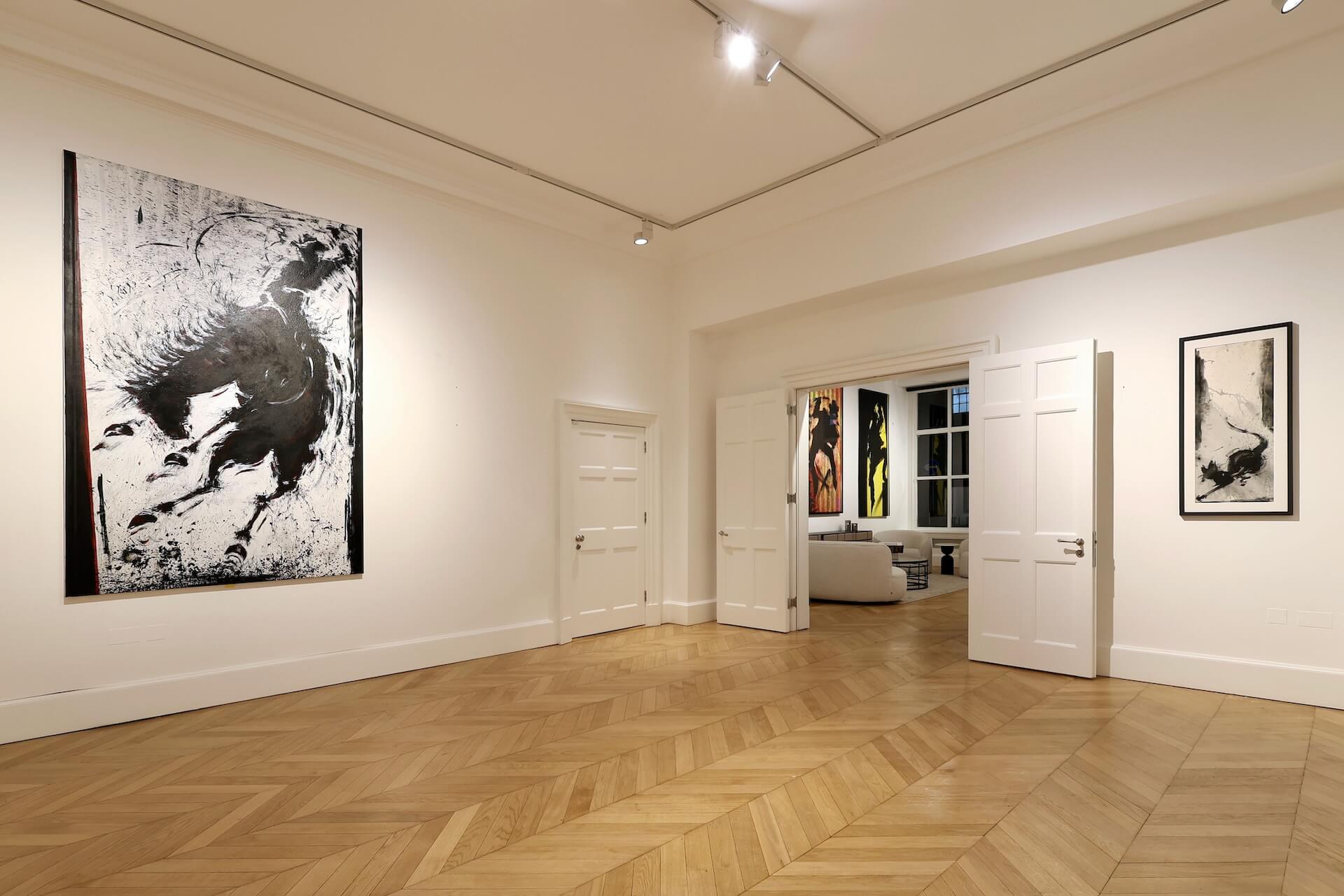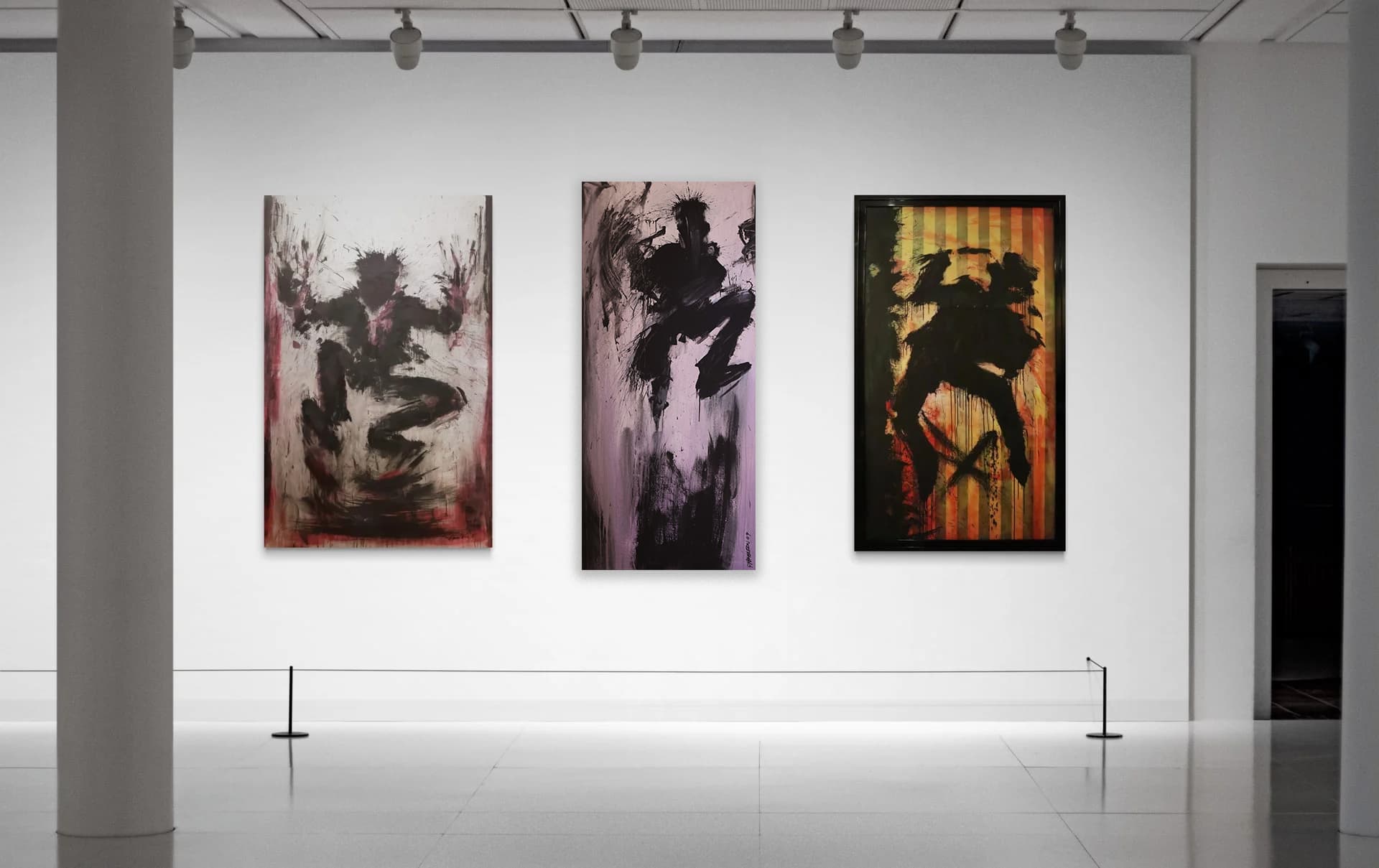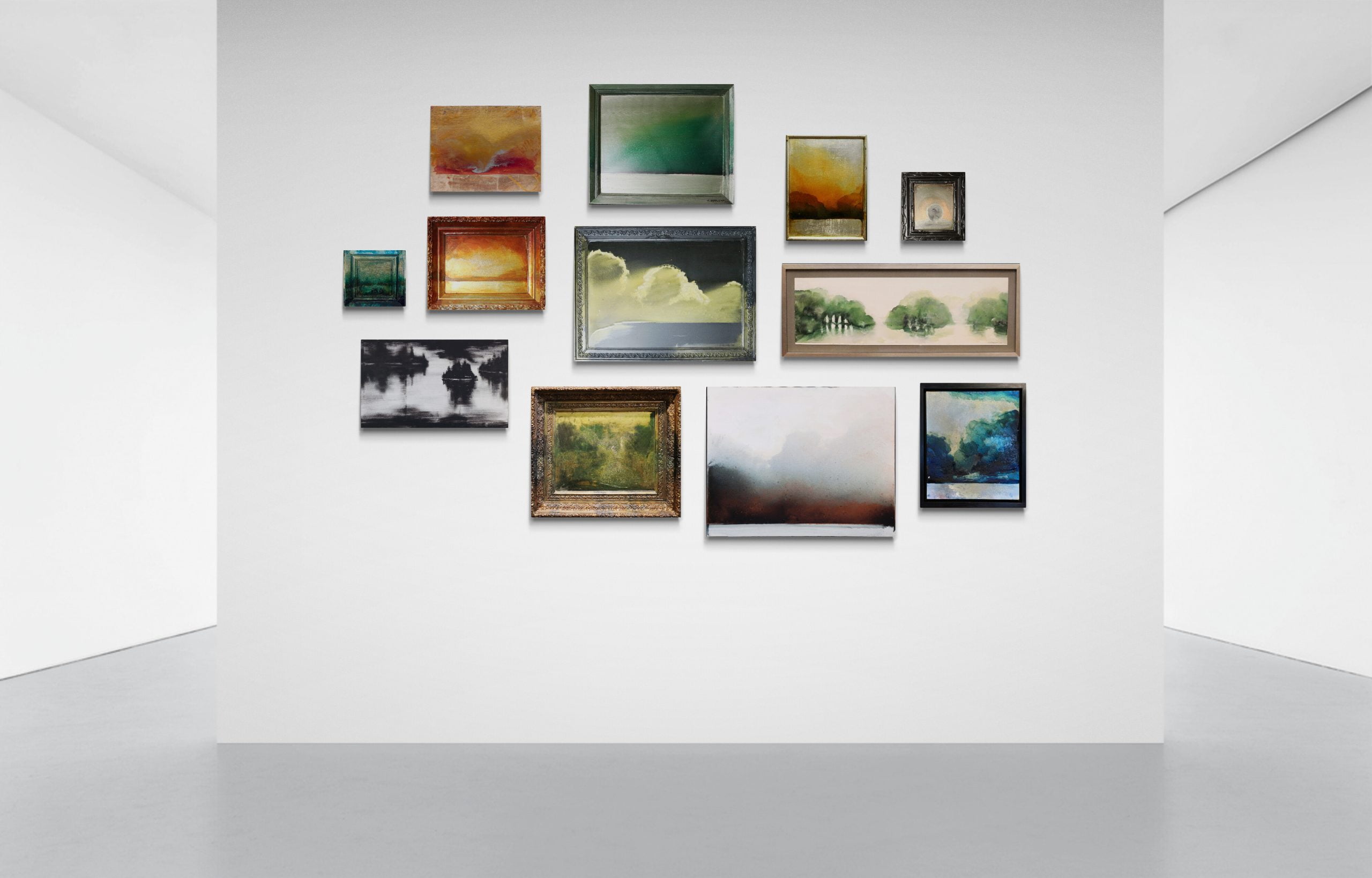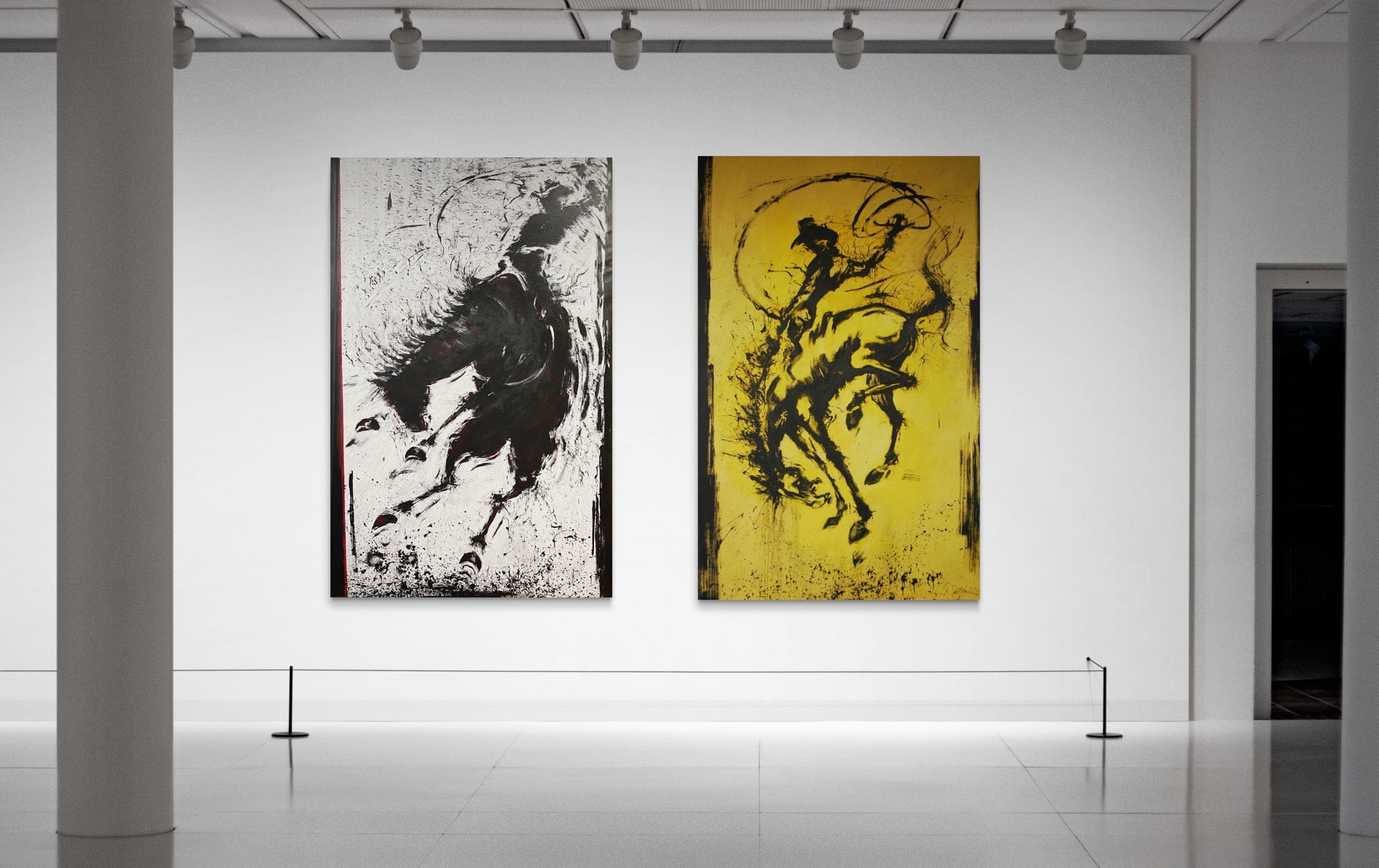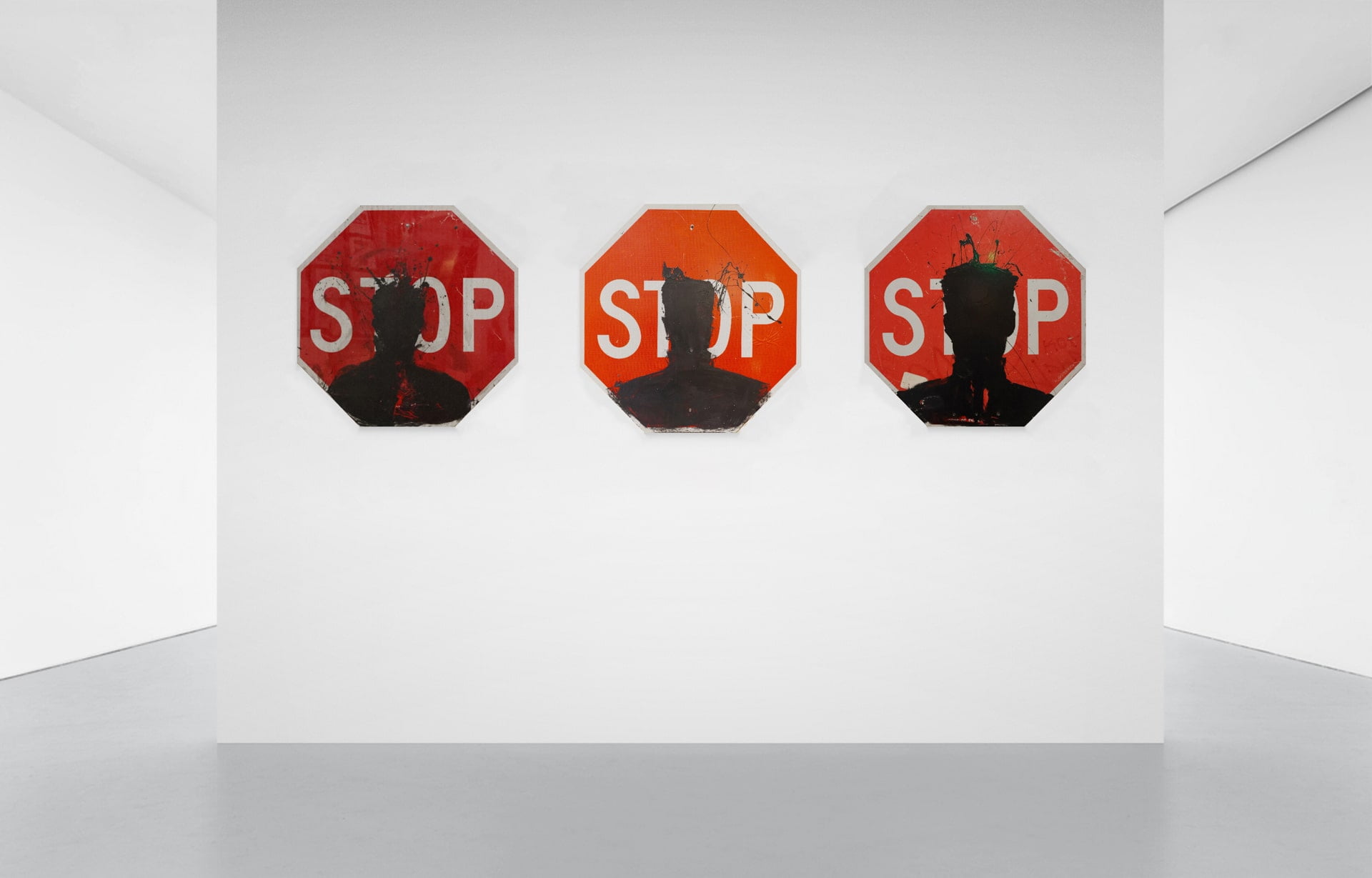Richard Hambleton (1952–2017)
‘The Godfather of Street Art’
Richard Hambleton was a pioneering force in the New York City art scene throughout the 1980s, standing alongside contemporaries such as Keith Haring and Jean-Michel Basquiat. Widely considered the “Godfather of Street Art,” Hambleton created work that blurred the lines between street intervention, performance, and fine art, leaving behind an indelible legacy that continues to shape the genre today.
Born in Vancouver, Canada, Hambleton studied at the Vancouver School of Art before emerging with his first major series, Image Mass Murder (1976). These provocative graffiti installations replicated police crime scene outlines using chalk and red paint, staged across public spaces to elicit shock, fear, and curiosity. By 1979, Hambleton had relocated to New York City, where his raw, psychological approach found its ideal setting.
His most iconic body of work, Shadowman, began in the early 1980s. Painted directly onto buildings, alleyways, and urban surfaces, these silhouetted black figures loomed ominously across Lower Manhattan — placed in unsuspecting corners to provoke spontaneous, visceral reactions from passersby. They quickly became part of the city’s cultural fabric and were later recreated in major cities such as Venice, Paris, and Berlin, where he famously painted 17 figures onto the Berlin Wall in 1984–85.
As his practice evolved, Hambleton moved into the studio, translating his street figures onto canvas. The Marlboro Man series — a dark, ghostlike cowboy on horseback — became another signature motif, blending American iconography with existential mystery. In the mid-1980s, his work gained further international attention, earning him fashion collaborations with Vivienne Westwood and Malcolm McLaren, and invitations to the Venice Biennale (1984 and 1988).
Hambleton’s work has always carried an air of menace, poetry, and theatre — using stark contrast, abstract expressionist energy, and placement as performance. He once described himself not as a graffiti artist but as a conceptual artist using the city as his canvas.
Despite commercial success, Hambleton retreated from the spotlight in the 1990s, affected by the deaths of his peers and ongoing struggles with addiction. Yet even in obscurity, he continued to create, and his later work reflected a haunting vulnerability.
Following his death in 2017, interest in Hambleton’s work surged, in part due to the acclaimed documentary Shadowman, which premiered at the Tribeca Film Festival. His legacy was reappraised, with institutions, collectors, and curators recognising his pivotal role in the birth of street art and the emotional weight of his oeuvre.
Today, Hambleton’s works are held in the permanent collections of major institutions including:
- The Museum of Modern Art (MoMA)
- The Andy Warhol Museum
- The Brooklyn Museum
- The New Museum of Contemporary Art
- Queens Museum
- Checkpoint Charlie Museum, Berlin
Often imitated but never matched, Richard Hambleton’s contribution to contemporary art is profound — a visionary who used shadow and form not just to reflect society, but to disrupt it.
Woodbury House is proud to have been the first UK gallery to begin showcasing the works of Richard Hambleton back in 2014. Since then, we’ve exhibited his pieces globally and continue to honour his legacy by connecting collectors with his powerful, historic works.
To learn more about Richard Hambleton, enquire about available pieces, or hear about upcoming events and exhibitions, we’d be delighted to connect.
“Now there’s this guy named Banksy who’s taken the world by storm… but the originator of the silhouette figure on the street is clearly Richard Hambleton.”
Source: Mark Kostabi, Artist.
Shadowman The Movie
View the trailer for Richard Hambleton’s documentary entitled ‘Shadowman’ , directed by Oren Jacoby.
Upon its release in 2017, Shadowman won an award at the TriBeCa film festival. The full documentary is available on Amazon Prime.
“He’s such a crazy, dreamer, visionary that often it seems like madness”
Source: ‘Shadowman’ directed by Oren Jacoby.
Previous Events.
‘Woodbury Wonderland’ 2025
London
29 Sackville Street, Mayfair
Woodbury House X Arbuthnot Latham
London
20 Finsbury Circus, City of London
WOODBURY HOUSE | OUR DUBAI GALLERY
DUBAI
Chrono Hub, Al Quoz Industrial Area 3, Dubai

